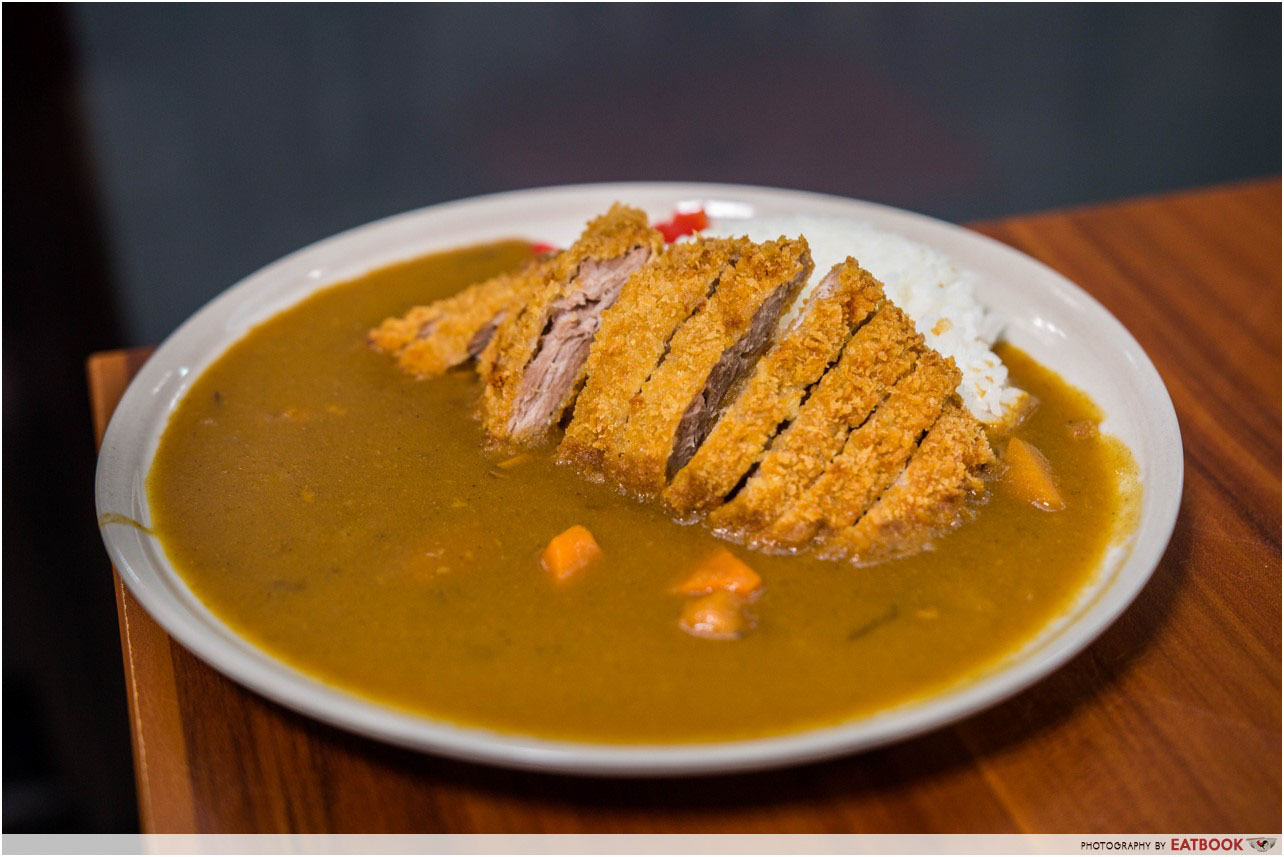Japanese food is one of the most fascinating and diverse cuisines in the world. Apart from the popular sushi and ramen, there are many other types of dishes and local specialties to choose from. Luckily, Singaporeans are just as in love with Japanese foods as the rest of the world. That’s why there’s a Japanese restaurant that greets you at almost every turn here! If you ever find yourself at one of these restaurants, here’s a list of authentic Japanese foods that you should try! We’re no longer mentioning sushi, sashimi, and ramen because we’re sure you already know what they taste like!
- Okonomiyaki
Often described as a Japanese savoury pancake, okonomiyaki’s exact taste is often hard to translate into words, since there’s multiple iterations of it. This griddle-fried dish is made from a fried egg-and-flour batter mixed with cabbage and other ingredients, depending on the regional recipe or your own preference (which, in fact, is the English translation of okonomi).
Essentially, you can throw in whatever ingredient you want into the raw okonomiyaki batter. Other local recipes often include pork belly, kimchi, and other various vegetables, and topped with dried fish flakes, mayonnaise, and a special sauce.
- Japanese Curry
While curry originated in India, Japanese curry differs as it’s a localised dish brought over from the UK to Japan. It’s generally sweeter in flavour, thicker in texture, and prepared more like a stew with meat, potatoes, carrots, and onions. You can usually find the best Japanese curry in Singapore at specialist curry restaurants, but you won’t be disappointed with the curry served at regular restaurants or chain restaurants.

Admittedly, when it comes to the best Japanese curry in Singapore, nothing tastes quite like a home-cooked Japanese curry. It’s prepared using curry roux, a block of solidified curry that melts into the stew and thickens when heated.
- Unagi no Kabayaki
The Japanese word Unagi translates to freshwater eel, which has been a common and budget-friendly meal among the people of Japan since the Edo period.
Unagi no kabayaki is traditionally eaten grilled and coated with sweetened soy sauce-based kabayaki sauce. Its current status as a delicacy can be attributed to the Japanese appetite for this tasty fish.
Meanwhile, kabayaki refers to the method of cooking. It can also be done with other types of fish in Japan, such as catfish, but if you want to experience its authentic taste, make sure to try the freshwater eel variation.
Historically, Japanese people love eating unagi because it’s said to provide them with energy and vitality, especially during the summer months.
- Yakitori
Yakitori is a Japanese dish where skewered chicken is seasoned with salt or brushed with a soy sauce-based sauce with rice wine, sake alcohol, and sugar.
These cheaply-priced grilled skewers are among the staple food options for the Japanese after a long day of work, commonly paired with an ice-cold beer. You can find yakitori at any Japanese restaurant, but we recommend having it at an actual yakitori restaurant.
Once you step inside a yakitori, you’ll be greeted by the heat of burning charcoal, busy chefs fanning away the smokes, and a row of skewers made with every piece of the chicken, including breast, thigh, heart, gizzard, cartilage, and more.
- Natto
Due to its pungent smell similar to mouldy cheese, natto is a traditional Japanese dish that you’ll either love or hate. Disliked by many foreigners, it’s widely consumed by most Japanese people as breakfast food.
Natto is made by fermenting soybeans in a special bacteria that are naturally produced in the human gastrointestinal tract, and is often served with rice and dipped with a few drops of soy sauce.
Despite its off-putting smell and weird texture, natto is incredibly healthy because of the effect the bacteria has on the boiled soybeans. It’s said to be good for digestive health, bone strength, and heart health.

